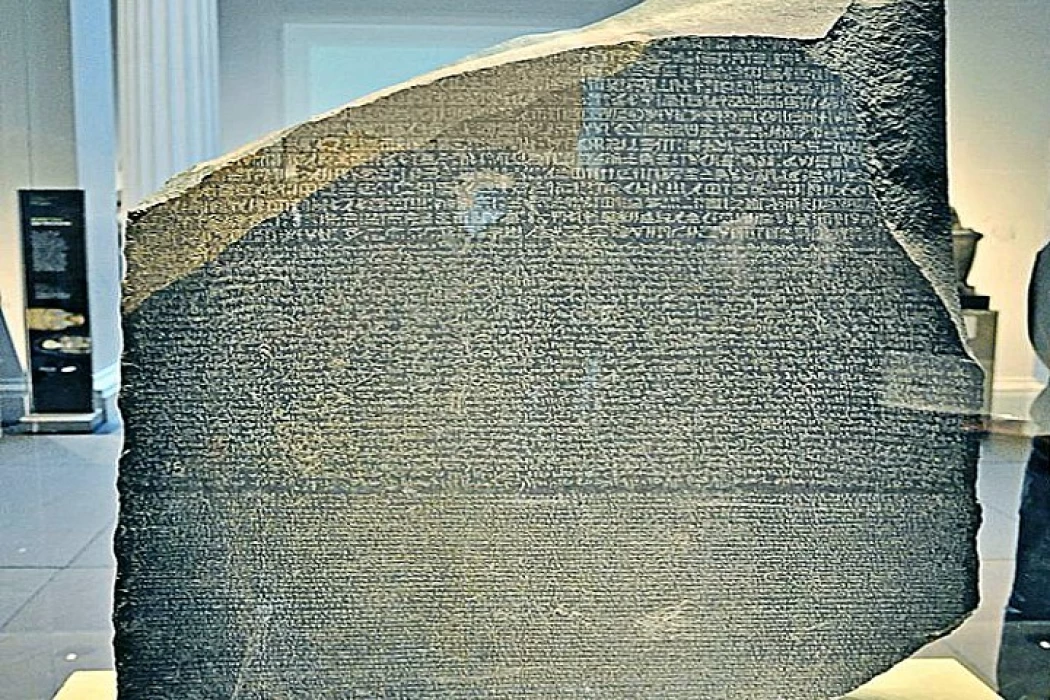
The French Expedition in Egypt
The Egypt Expedition was a military campaign led by Bonaparte between 1798 and 1801 to seize Egypt and control the Indian Route in order to fight against Great Britain, hostile to the French Revolution. It is also a true scientific and cultural expedition to discover Egypt, at that time considered the «cradle of civilizations».
The Egyptian expedition has above all a military and strategic purpose: to face indirectly Great Britain. The French Executive Board believes that it is difficult to attack it head on and win. Another solution was found, proposed by Talleyrand: to prevent the British from gaining access to the Indian Ocean and controlling the Mediterranean by taking Egypt, part of the Ottoman Empire and controlled largely by the rival power of the Mamluks.
In addition to these military and strategic considerations, cultural considerations are also at the origin of the Expedition from Egypt, making it not only a military campaign but also a scientific and cultural expedition, The carrier of a civilizing dimension. There was indeed a culture of orientalism in France at that time, and a real fascination with the East and more particularly with Egypt, considered the cradle of the first great civilization. Some are considering bringing the Enlightenment and the achievements of the Revolution.
The preparations for the expedition are done in the greatest secrecy to keep the advantage of surprise. Bonaparte, who was crowned by his military successes in Italy and the signing of the peace treaty of Campo-Formio with Austria on 17 October 1797, and who favoured an intervention in Egypt rather than in England, is chosen to lead this expedition. This also allows the Executive Board to remove it from power and any desire for coups d'état.
Bonaparte surrounded himself with eight officers including Kléber and arrived at Toulon on 9 May 1798, where the French fleet was to embark. Bonaparte has a large fleet of 13 ships of the line, 6 frigates and 35 other vessels as well as fifty-four thousand men. The fleet leaves Toulon on 19 May and arrives in Malta on 10 June 1798. Bonaparte easily takes control, allowing the French to maintain an outpost in the Mediterranean, and arrives in sight of Alexandria at the beginning of July.














